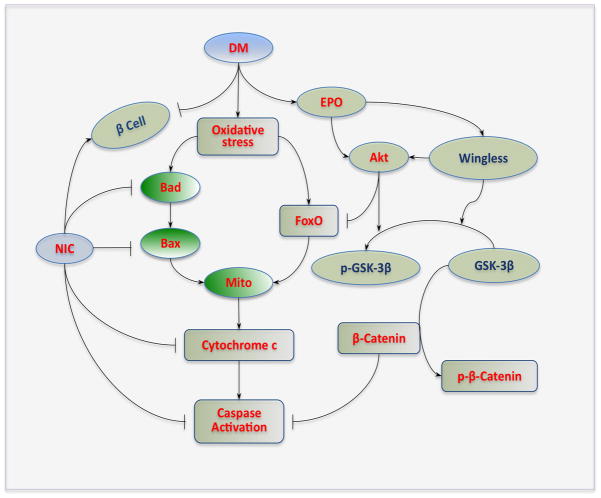Figure 1. Nicotinamide, erythropoietin, and wingless modulation of diabetes mellitus.
During diabetes mellitus (DM), elevated glucose leads to oxidative stress and results in the activation of “pro-apoptotic” proteins Bad, Bax, and forkhead transcription factors (FoxOs). Activation of these pathways subsequently impairs mitochondrial (Mito) membrane potential to result in cytochrome c release and caspase activation. Nicotinamide (NIC) prevents cell injury by maintaining mitochondrial membrane potential and modulating Bad, Bax, and FoxO to prevent cytochrome c release from mitochondria and block caspase activation. NIC also may be beneficial during DM through the protection of β-cells and promoting insulin secretion. The cytokine EPO is another therapeutic target that can limit cell injury during DM. EPO can promote the activation of protein kinase B (Akt) that inhibits the activity of FoxO and glycogen synthase kinase-3β (GSK-3β) by phosphorylating (p) these entities. EPO maintains the integrity of wingless pathways, such as Wnt1, during elevated glucose and relies upon Wnt1 to inactivate GSK-3β through phosphorylation (p) that ultimately protects the “anti-apoptotic” properties of β-catenin and prevents its degradation.

